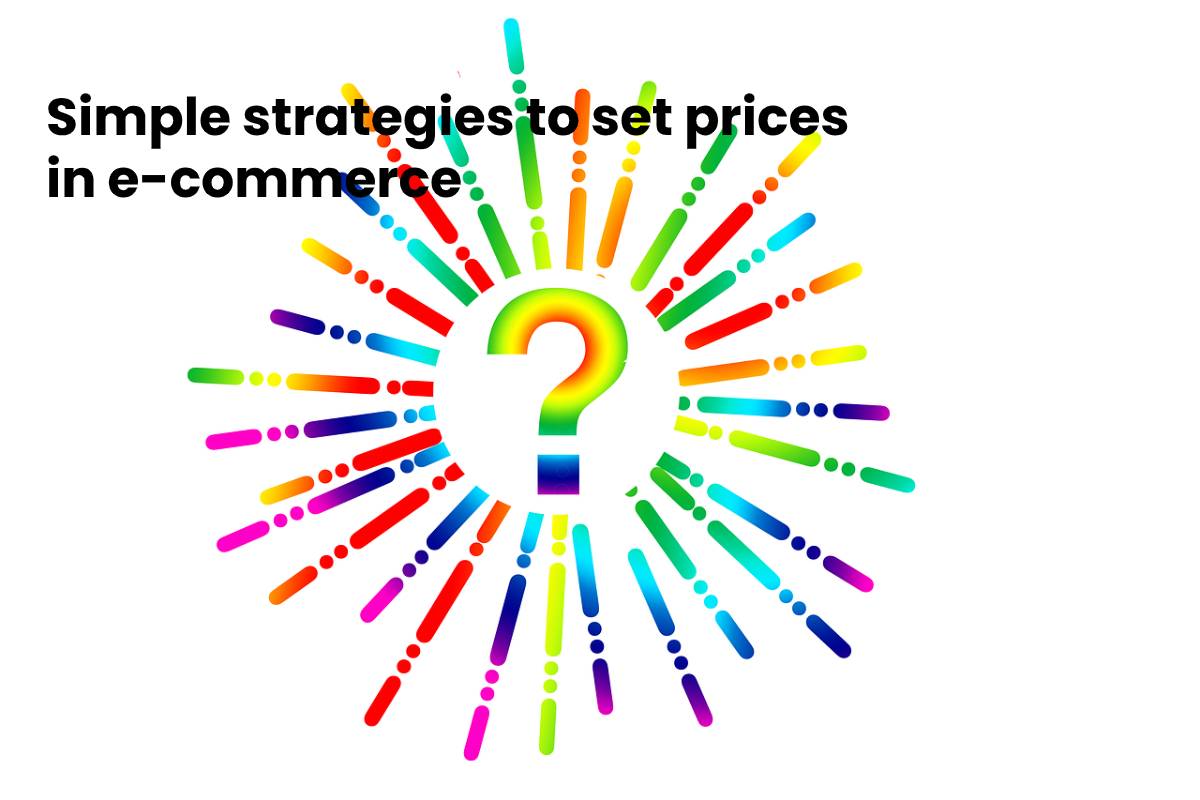Table of Contents
Set prices in e-commerce
You have created a brand, designed your logo, set up your e-commerce store, found suppliers for your products but at what prices are you going to sell them?
One of the hardest decisions in e-commerce is pricing. If you do not know your products’ value, you could price them too high or too low, thereby losing both you and your customers.
The problem is that while you are thinking and testing prices, your competitors may be getting the upper hand in the online price war. And that’s not what we want. These are the simple pricing strategies you can use: Which is free, secure and makes it easier to plan, manage and execute retrospective app.
Price based on the value
Price based on value, also called price based on customer, consists of setting prices that depend on the customer’s value in the product.
Robert Cialdini has written about this in his book Influence. In a study conducted, a company was selling a product at too low a price, and no one was buying it; But the moment they decided to raise the price, people started buying it! It happened because of the price generated in certain types of consumers an increase in the perceived value. And it is that, in principle, low prices do not attract the attention of specific customers, who think that if the product is very cheap, its quality must be lower.
It’s like Rolex watches: people buy it for social status, without caring too much for the price.
So, when setting your prices, you have to look at your customers:
- Who are they?
- What do they expect from your store?
- What motivates them to buy your products?
As you can see, to correctly apply this pricing strategy, you need to know your customers well. And the best way to learn about them is by using on-site analytics that tracks your visitors’ shopping habits. For example, let’s say you find that most of your customers are looking for payment coupons.
You could use the collected data to explore what your customers value most about your products.
You will probably discover that, in general, your visitors are looking for offers—however, some niche markets – such as the luxury goods sector – whose customers are less price-conscious. If your analysis of the data reveals that your customers are not the ones who are looking for offers, you should avoid doing them.
Price depending on the market
It is an obvious strategy, according to which the prices are what the market dictates for the products.
For example, you could take a tour of your competition’s prices on products similar to yours, and proceed accordingly.
To follow this strategy, first of all, you need:
1) Know who your competitors are
2) Know how you position yourself for them
Once you compare your prices with those of the market, you will know if they are too high or too low. If you have very high prices, you could lower them to attract more customers. If your prices are low, you can raise them and improve your profit.
The price-tracking tool also lets you know when your competitors are out of stock – a moment that you can take advantage of to run an aggressive sales campaign.
I always recommend that a newcomer take a look at their competitors before doing anything else. Once you know where your competition is going, you will have a better perspective, which will allow you to set your prices much more effectively. At once, you should put your prices a little below the competition to not offer the same.
Another thing you can do if you have just set up your store and are entering the market is to set your prices much lower than those of the competition, as a way to enter a new market quickly.
Infographic created by Clover Network, a payment processing company



